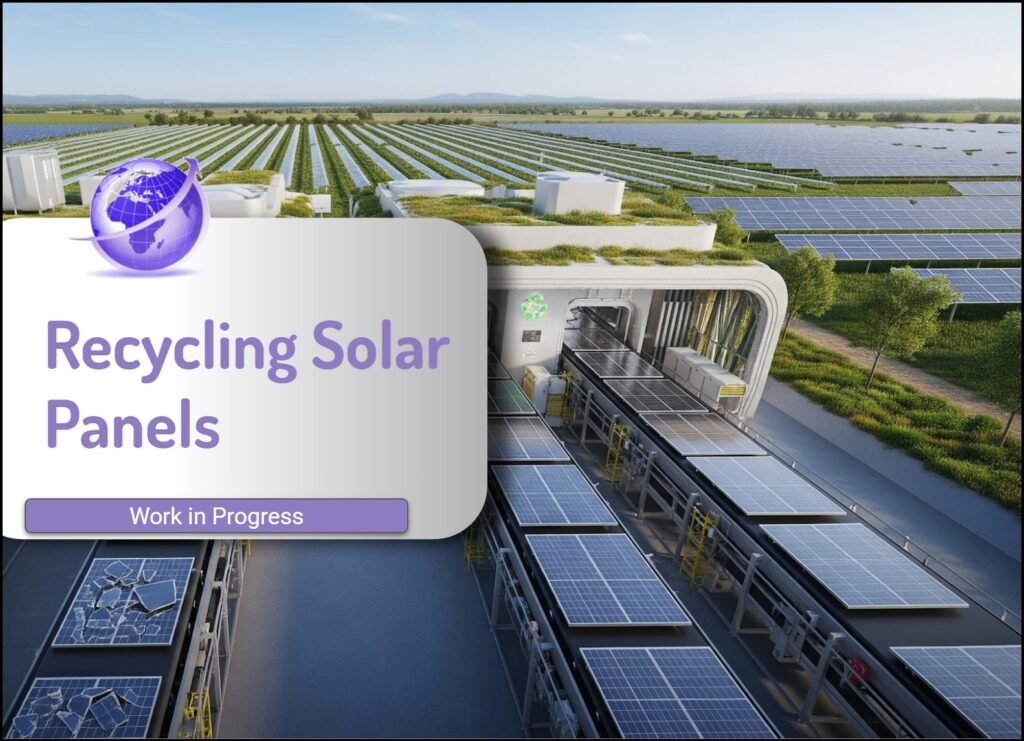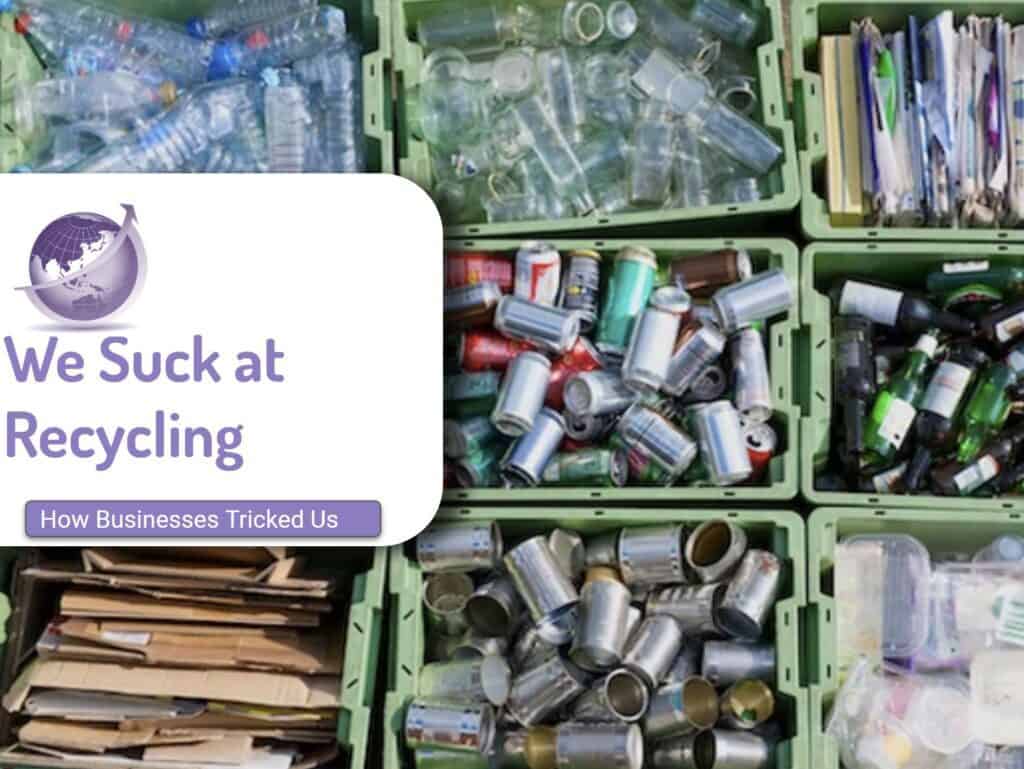Recycling solar panels as the number of PV expands and panel life increases is an area of progress. With losses and economic tradeoffs, panels will need recycling. End-of-life management is becoming an increasingly important consideration in the solar industry. Australia has committed to reduce its CO2
emissions by 43% by 2030 compared to 2005, then to reach net zero emissions by 2050. A significant uptake of solar photovoltaics (PV) will play a vital role in achieving this target. However, this brings the challenge of managing the millions of tonnes of solar panel waste at the end of the 25-year lifetime. This scoping study, Solar Panel End-of-Life Management in Australia, provides an indepth analysis of the current PV recycling landscape, market opportunity, best practice and most costeffective strategies to manage solar panels end of life in Australia.
While they are being promoted around the world as a crucial weapon in reducing carbon emissions, solar panels degrade and become gradually less efficient. After about 25-30 years it’s typically more cost effective to replace them with new ones. Experts say billions of panels will eventually all need to be disposed of and replaced.
“The world has installed more than one terawatt of solar capacity. Ordinary solar panels have a capacity of about 400W, so if you count both rooftops and solar farms, there could be as many as 2.5 billion solar panels.,”
Dr Rong Deng, University of NSW, Australia.
The cumulative volume of end-of-life solar panels in Australia is expected to reach 1 million tonnes by 2035, and the total material value from end-of-life
solar panels is projected to surpass $1 billion.
So far, the recycling of solar panels and corresponding modules has focused mainly on glass, aluminum, and other easy-to-process materials. According to experts, over 85% of materials that photovoltaic modules are made of can currently be recycled without any problems. The silicon, silver, and copper that they also contain are significantly more valuable, but also much harder to reach.
Action Steps
Here are 4 steps to make this work well.
- Facility Development Establish large scale PV waste management facilities (over 5,000 tonnes/year) in five big cities within three years and expand to regional areas within six years.
- Regulatory Measures Enact a nationwide product stewardship program to fund and oversee the management of PV end-of-life to support early-stage industry development.
- Collection Accessibility Create easily accessible drop-off points, and increase public awareness about PV waste management.
- Technological Advancement: Promote innovation in scalable, efficient, and comprehensive recycling technologies and develop robust reuse standards andprocedures to enable a PV circular economy
Background

References
- Australian Center for Advanced Voltaics 2025 Research Reports https://www.acap.org.au/post/research-reports









